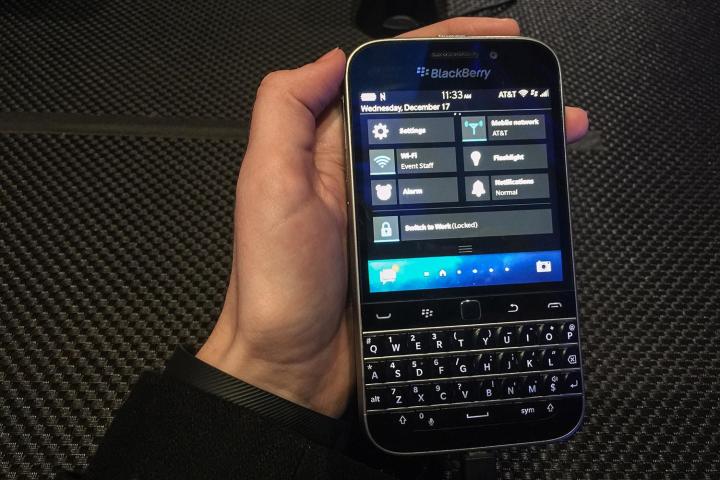
Prior to digging the BlackBerry phones out of storage boxes, Sony used notepads, Gmail, and other unsecured phones to communicate. The BlackBerry phones proved to be one of the few secure channels Sony could use at the time because BlackBerrys operate on their own secure server. Each user’s data is encrypted and secured on their BlackBerry device. Meanwhile, BlackBerry’s own servers work to secure the data for its clients.
BlackBerry’s CEO John Chen was quick to tout the security of his company’s systems, though he declined to say whether Sony could have avoided the hack had it remained a BlackBerry client.
“It’s proven that BlackBerry devices and the server are a lot more secure than any other solutions out there commercially available,” Chen told CNBC in mid-December.
BlackBerry’s security remains its biggest selling point, as the company’s global smartphone market share dropped to less than 1 percent in recent years. Most recently, BlackBerry has worked to expand its enterprise business, while cooking up classic QWERTY keyboard phones for the BlackBerry faithful.

